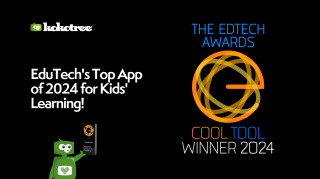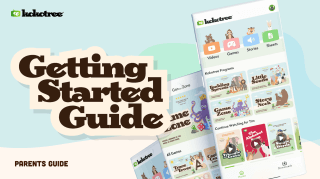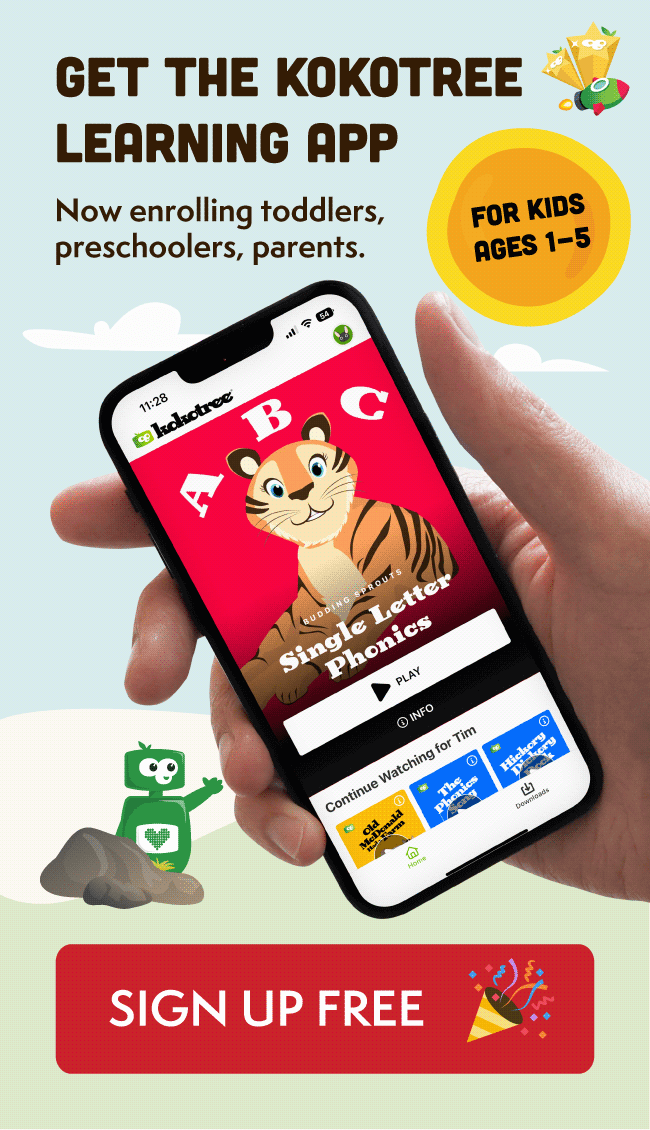

Hey there, super parents! Are you ready to embark on a thrilling adventure of sorting and classifying fun with your little ones? We’ve got a fantastic collection of activities that keep your toddlers and preschoolers entertained and also help them develop essential preschool math skills for a bright future!
Imagine your child as a tiny detective, discovering the world one color, shape, and size at a time. When they sort and classify objects, they’re not just playing – they’re building a foundation for math, logic, and problem-solving skills. It’s like giving their brain a workout while having a blast!
Let’s start with a burst of colors! Gather a bunch of toys, blocks, or buttons in different hues and watch as your little one becomes a color-sorting wizard. They’ll have a great time grouping the objects by color, and you can even mix things up by adding more colors or objects with multiple shades.
It’s time to get shapely! Use household items or playdough to create various shapes and let your child sort them like a pro. They’ll love getting hands-on with this activity, and you can challenge them to name the shapes as they go along. It’s a fantastic way to combine learning with fine motor skill development.
Big, small, and everything in between – size sorting is a fantastic way to teach your child about different dimensions. Collect an assortment of toys in various sizes, like cars or dolls, and watch as your little one groups them by size. They’ll feel like a real-life giant or tiny explorer!
Ready for some sorting and classifying detective work? Play “I Spy” with your child, describing objects based on their attributes, such as color, shape, or size. Take turns guessing and describing, and watch as your child’s observation skills soar!
Ready, set, sort! Turn sorting and classifying into an exciting race against time. Place a variety of objects in a large bin and create separate groups for each attribute. Set a timer and cheer on your little sorting champion as they race to sort everything correctly. You can adjust the time limit to keep the challenge going as their skills improve.
Who doesn’t love a good memory game? Create your own by using pairs of objects that can be sorted and classified. Place them face down and take turns flipping over two at a time to find matches. As your child uncovers pairs, encourage them to describe the similarities between the objects, reinforcing those sorting and classifying concepts.
In this digital age, learning apps for toddlers and preschoolers are a fantastic way to complement traditional sorting and classifying activities. These apps offer interactive games that make learning even more engaging. Just be sure to choose age-appropriate apps that align with your child’s interests and needs.
The beauty of sorting and classifying activities is that they can be easily tailored to suit different ages and abilities. For younger toddlers, keep it simple with one attribute at a time, like color or size. As they grow, introduce more complex tasks involving multiple attributes. And for children with special needs, modify the activities to accommodate their unique strengths and challenges.
The best part? You can make sorting and classifying a natural part of your child’s daily life. Turn mealtime into a sorting adventure with colorful foods, go on a nature scavenger hunt to collect and sort items, or even incorporate sorting games into storytime. The possibilities are endless!
So there you have it, folks – a world of sorting and classifying fun awaits you and your little ones. Get ready to watch their minds grow and their smiles widen as they explore, learn, and play. Happy sorting, super parents!




